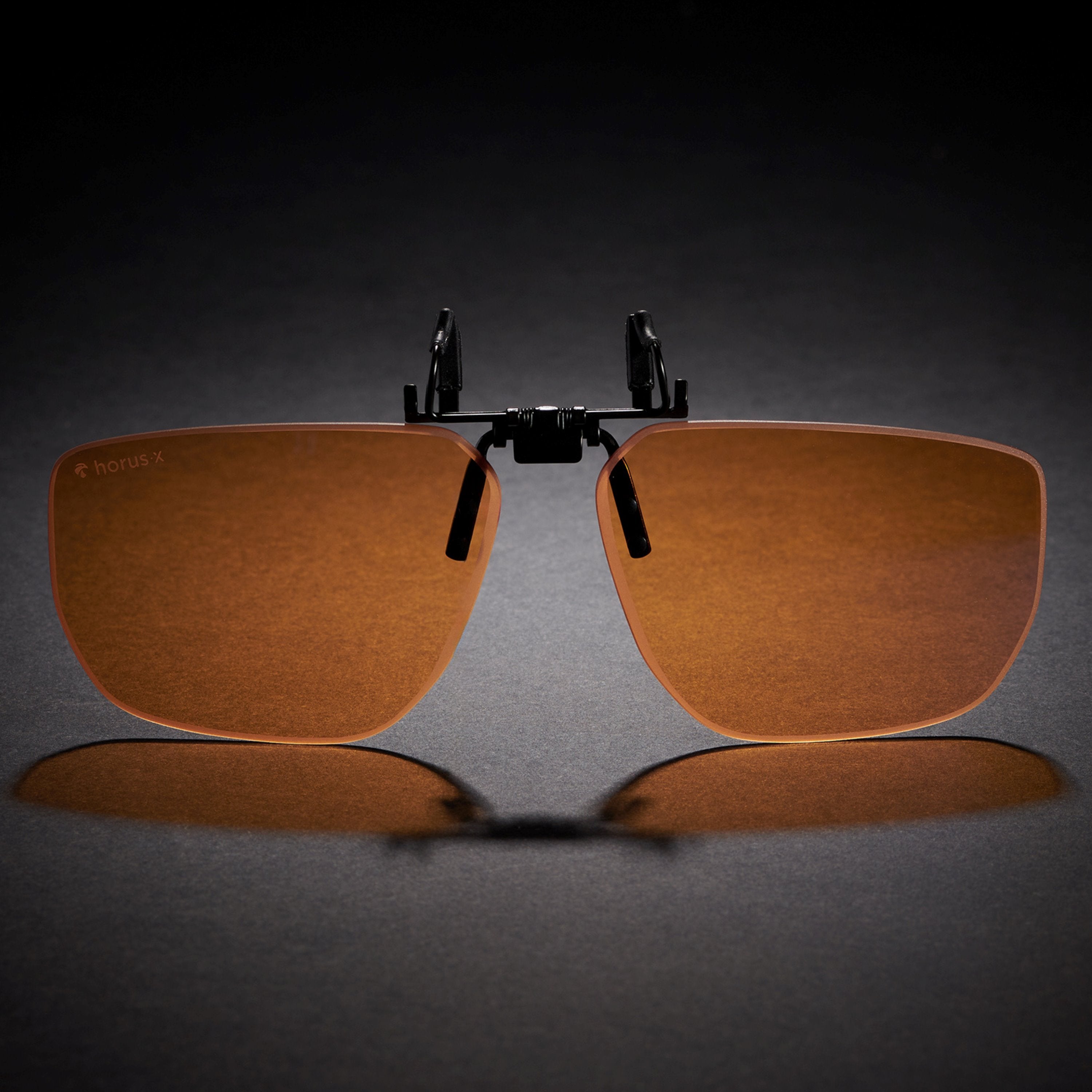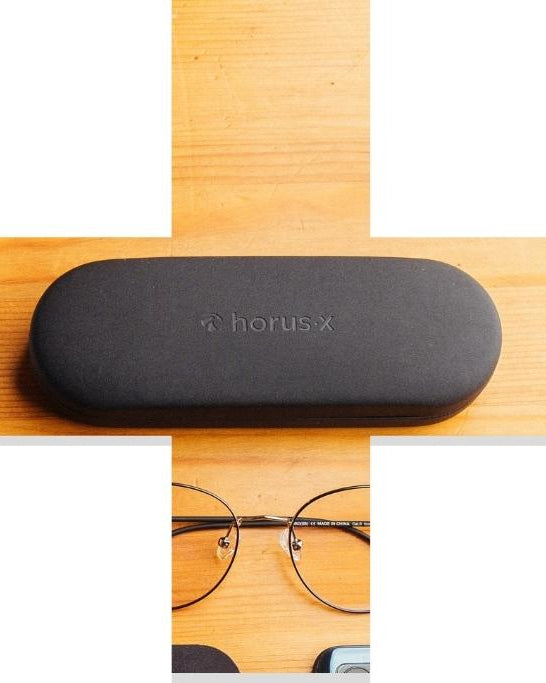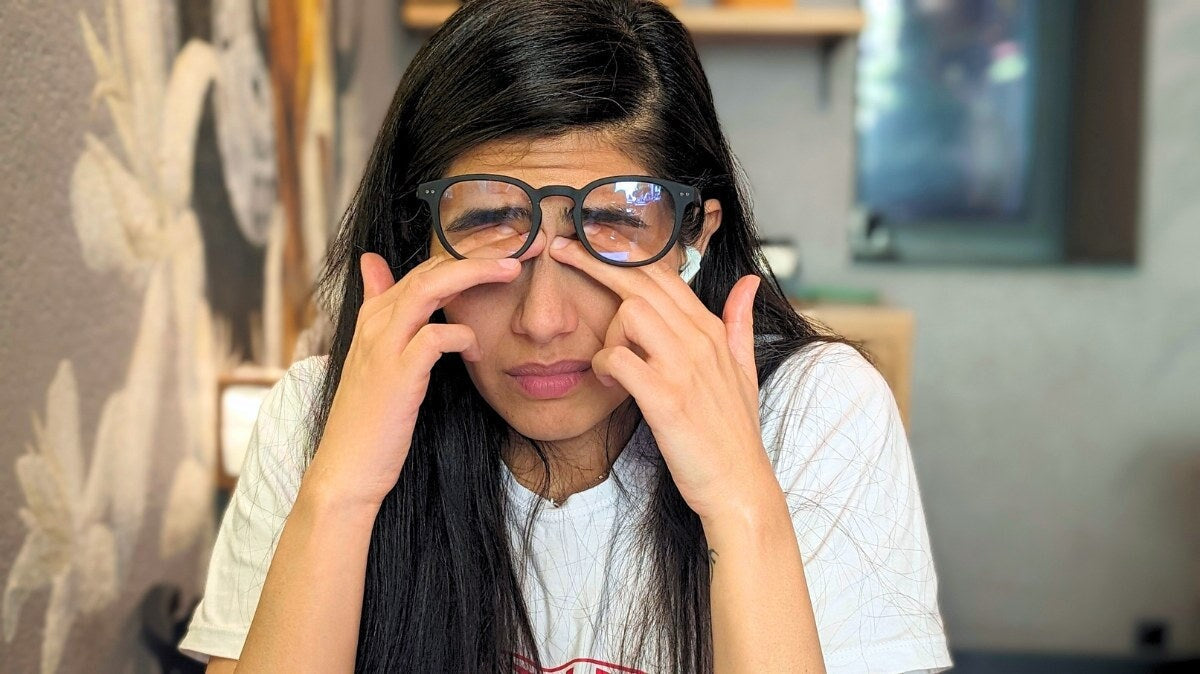Every day our ways to absorb technology increases, and with it so does associated problems like stressed and tired eyes.
There are many vision problems and diseases like cataracts and AMD that could be linked to our overexposure to screens. That’s why we’re going to look deeper into the connection between one of the most prominent diseases, glaucoma, and computer screens.
Let’s make like a European footballer and dive right in.
What is glaucoma?
Glaucoma is a chronic eye disease that causes progressive destruction of the optic nerve.
Most often, these lesions in the optic nerve are caused by ocular hypertension; an abnormal increase in the pressure of the liquids inside the eye.
💾 The key word to remember: PRESSURE!

👁️ How your eye regulates pressure
First, it asks Bowie and Queen what to do.
When that doesn’t work it does the work in fixing itself.
When your eye is under pressure it fills with a liquid called the aqueous humor. This liquid is usually drained from the eye at a spot located between your iris and cornea (also known as the iridocorneal angle). This is where the trabecular meshwork is located which filters the aqueus humor.
Or in layman’s terms; built up liquid causes pressure in eye. Eye drains liquid from certain spot. Simples.
If your eyeball drains effectively all by itself then you can maintain a good amount of pressure inside your eyeball.
A short explanation on what happens when glaucoma rears its ugly head
Glaucoma slows down the removal of the aqueous humor liquid. This causes intraocular pressure to rise abnormally and damages the end of the optic nerves and its fibers.
Over time this results in a progressive loss of vision, beginning from the sides of your eyes. Eventually, with no help or remedies, natural or otherwise, your central vision also becomes affected. If you do nothing at all, glaucoma can lead to total vision loss.
After Age-Related Macular Degeneration, glaucoma is the second leading cause of blindness. There’ are an estimated 80 million glaucoma sufferers in the world, and this is only set to rise over the next few decades.
In a nutshell, glaucoma is a hugely serious issue and causes widespread eye damage.
The different types of glaucoma
Adults can experience two different types of glaucoma:
- Open-angle or chronic glaucoma: This is the most common type of glaucoma and affects 80% of those with glaucoma. Open angle means the iridocorneal angle that drains the aqueous humor is not closed, but instead narrowed, which leads to an increase in pressure. It can develop over 10 or 20 years, and is usually without symptoms until the disease reaches an advanced stage. It then manifests with loss of peripheral vision (but normal central vision), eye pain, tearing, and headaches. And at this stage, the damage is unfortunately irreversible.
- Angle-closure or acute glaucoma: This type of glaucoma is far rarer. It occurs suddenly and painfully, usually in only one eye. The iridocorneal angle closes abruptly, resulting in a sudden increase in intraocular pressure. The signs that announce it are a violent pain in the eyes, a decrease in vision or suddenly blurred vision, or colored halos. This type of glaucoma requires an emergency consultation to avoid permanent loss of vision in the eye.
Children can also experience glaucoma:
- Congenital glaucoma: This is extremely rare, so don’t go running to your child and scaring them. The disease can occur immediately from birth or in the first few months of the child’s life and usually requires surgical intervention.
Glaucoma is a silent and very slow burglar, creeping up behind you over the course of years before rushing into your home and stealing all your things.

The causes of glaucoma
Although we don’t really know what causes glaucoma, there are some things that increase the likelihood of developing glaucoma:
- 🧓 Age: glaucoma mainly affects people over 40
- 👪 Hereditary
- 👨🏾 Dark skin
- 🧐 Other eye disorders (myopia or cataracts)
- 💉 Certain diseases such as diabetes or cardiovascular disease
- 💊 Taking certain medications with corticosteroids or those which dilate the pupil
- 😵 A serious eye injury
- ☕ Tobacco and coffee: they are both known to slightly raise eye pressure. In the case of glaucoma, it is therefore advisable to stop smoking and monitor your coffee intake. Normal consumption doesn’t pose a problem, but don’t drink so much you end up bouncing off the walls like Sonic.
Symptoms of glaucoma
As glaucoma is usually symptomless initially, it can be nearly impossible to pinpoint when it starts. It’s only when symptoms start to appear, after the eye disease is already well established, that people usually realize something isn’t quite right.
The first symptom is usually a loss of peripheral vision.
From there, other problems start to gradually appear:
- 🎯 Reduced visual acuity
- ❌ Loss of central vision
- 🫣 Light sensitivity
- 🌫️ Intermittent visual fog
- 🔴 Eye redness and pain
Glaucoma and computer screens: The impact
Can working with screens be a cause of glaucoma?
The good news is that the amount of time spent in front of screen has no connection to the development of glaucoma. Yay!
However, if you do spend too much time in front of screens you will experience common issues like dry or tired eyes leading to eye fatigue, blurry vision, and headaches.
If you do suffer from glaucoma, this can make eye fatigue and its associated symptoms feel even worse. Glaucoma makes your eyes much more sensitive to light, both in and outdoors, so hours on end starting at computers and screens with their LED screens can lead to more painful eyes.
Not good.

How to balance the impact of computer screens on glaucoma
There are no scientific studies that suggest computer screens impact glaucoma. But additional eye problems won’t help, so it’s still important to take some simple precautions to prevent and relieve these.
We recommend that you:
- 🧘 Take breaks away from your screen. Try the 20-20-20 rule: stop every 20 minutes to stare for 20 seconds at an object located 20 feet away (6 meters, in our dear metric system).
- 📵 Limit screen time to allow eyes to rest
- 🖥️Use aids where required. Suitable solutions can include things such as a video magnifier to help read text, readjusting the layout of your workstation, purchasing adapted lighting...)
- 🥗 A balanced diet rich in vitamins and minerals (spinach, carrots, citrus fruits, oily fish, nuts, etc.)
- 🤓 Protect your eyes with glasses (safety glasses for squash or speed sports for example, blue light glasses for all your screens).
- 🏃 Exercise: Be careful though as some exercise can exacerbate ongoing eye issues. For example, certain yoga postures, or exercises that involve a lot of keeping your head down can actually increase eye pressure.
- 😎 In the sun, protect your eyes from ultraviolet rays by wearing glasses with suitable lenses, like these super hot, brand new sunnies.
- 🚭 Reduce your tobacco consumption. Just like everything else, tobacco can unfortunately lead to eye issues and diseases. Maybe they should start putting those on the back of the packets.
- 🧑 ⚕️ Get regular eye tests at the ophthalmologist From the age of 45, screening for glaucoma must be done every two years. If it runs in your family, it’s recommended you start this aged 40 instead.
The importance of regular eye tests and check-ins with your ophthalmologist
Even though glaucoma is irreversible, it does not prevent you from living a normal life.
It may require a few small lifestyle changes, but if it is taken care of in time, visual impairment is limited and cases of blindness are extremely rare.
However, as it is so symptomless, the earlier you can detect glaucoma, the better.
A visit to an ophthalmologist who will perform a complete eye exam is your best chance of catching glaucoma early. A full eye exam includes a fundus examination, measurement of the visual field and measurement of ocular pressure.
After making a diagnosis, they will provide you with the most appropriate treatment options. Unfortunately, this won’t restore lost vision but it will slow the eye diseases’ progression and damage so it’s less Flash and more Snorlax.

Usually, they’ll recommend eye drops which help reduce ocular pressure, or at least keep it below a certain threshold to help stall the progression of glaucoma.
In most cases, it’s essential you actually follow the recommended treatments for life, or suffer the consequence…. Blindness.
If eye drops don’t do the job, the eye doctor may instead consider laser treatment to improve the flow of aqueous humor, or if really necessary, even recommend surgery.
Glaucoma and computer screens: Final thoughts
Glaucoma has nothing to do with time spent looking at screens.
It’s an eye disease that gradually destroys the optic nerve due to excessive intraocular pressure. But screens are in no way responsible for glaucoma, or its aggravation.
Thanks to existing treatments, it is quite possible to live a normal life, and to continue to use screens as normal.
But remember, the best prevention of glaucoma is in early detection. That’s why it’s essential you undertake regular eye exams with an eye doctor.

















Comments
Merci beaucoup pour ces explications